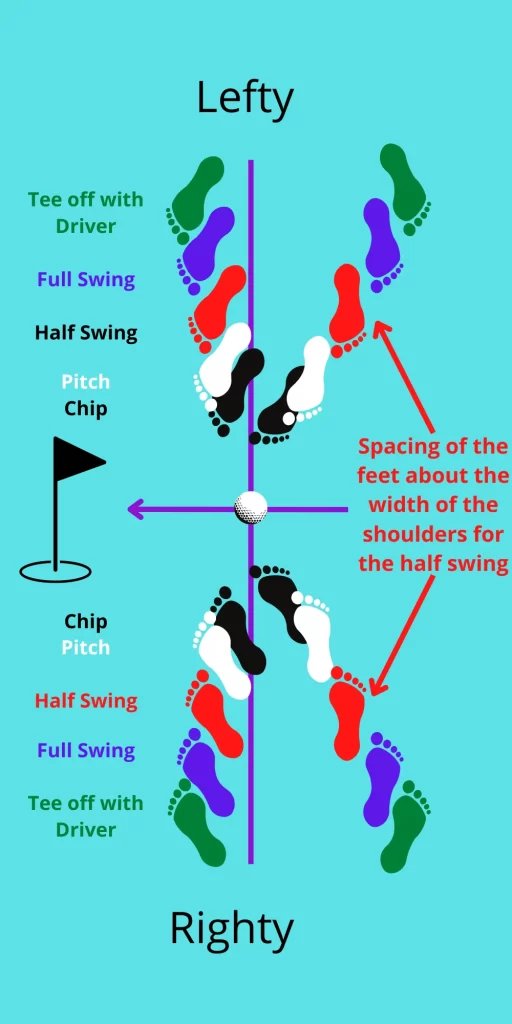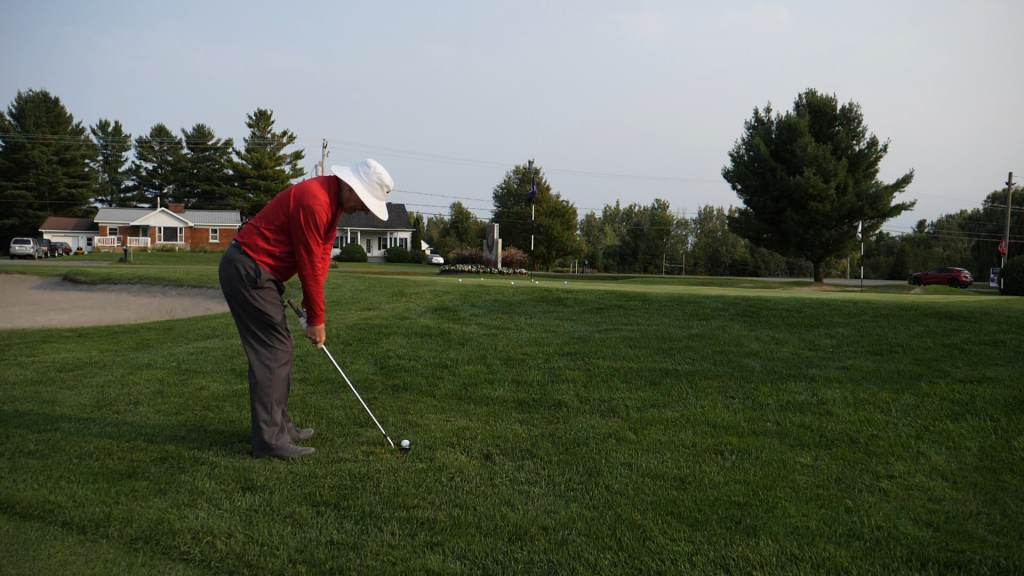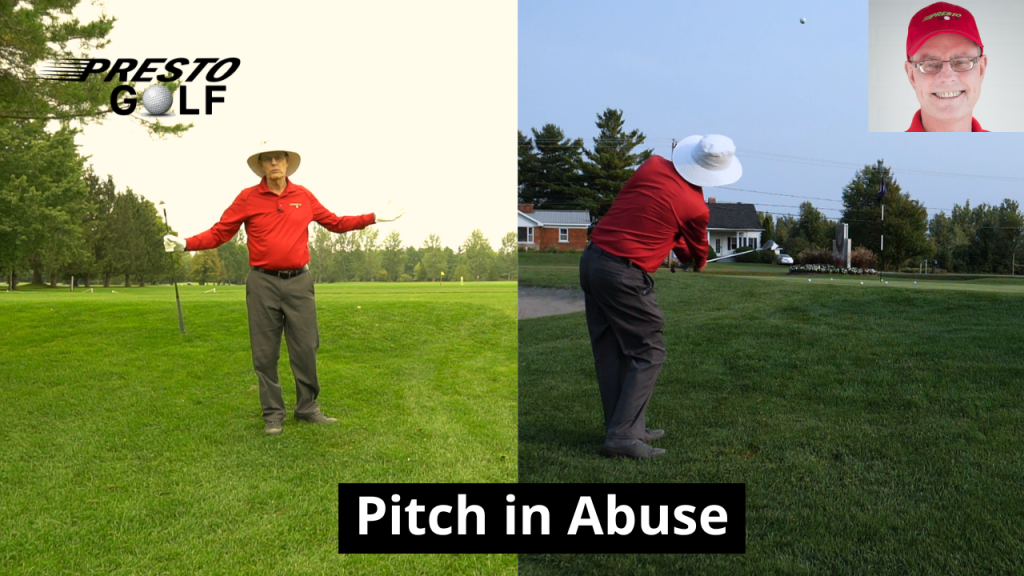How important are the fundamentals of address (initial position) in golf?
Some golf instructors estimate that golf fundamentals account for up to 80% of golf success. The fundamentals put the golfer in an optimal position for the swing. That’s why you need to make sure you master them.
What are the fundamentals of golf?
The fundamentals of golf are the 5 essential elements of the initial position that are integrated into the routine. Every golfer should check these 5 fundamentals before even swinging. Bad fundamentals inevitably lead to bad swings and many compensatory movements that are impossible to synchronize with consistency. I also call them the 5 static fundamentals (the basics of the initial position), as opposed to the dynamic fundamentals (the basics of the swing). The 5 static fundamentals of the initial position are easily remembered by the acronym APPPS:
- Alignment (of the feet and the face of the club, also called blade of the club);
- Posture
- Position of the hands (Griping the club)
- Position of the ball
- Stance (Position of the feet) or Stability.
Example of a putting routine with the 5 static fundamentals of golf
Variability of the 5 static fundamentals of golf
As you may know, the parameters of each fundamental vary depending on the shot. These parameters are not the same for a putt, chip, pitch or lob. They also differ in a greenside bunker versus a fairway bunker. A full swing on flat ground requires different parameters than a full swing on an uphill or downhill slope. A ball higher than the feet requires a different initial position than a ball lower than the feet. Finally, the golfer must set up in one way on the fairway, but otherwise in the very long grass.
Here are some other situations where the golfer must adjust his/her setup:
- The alignment must be opened for the short game: to the left for the right-handed, but to the right for the left-handed.
- The posture will be more or less vertical depending on the length of the club shaft.
- Regarding the position of the hands, there are two types of grip: one for the putting, called palmar (handle in the palm of the hand), and the other for all other shots, called digital (handle in the fingers). The orientation of the hands also differs for the short game compared to the long game: weak grip (hands rotated towards the target) for the short game, strong grip (hands rotated away from the target) for the long game.
- The position of the ball also fluctuates according to several parameters, including the desired ball trajectory and the technique used: chip, pitch, half-swing, tee shot, etc.
- Finally, the width of the feet, or stance, varies too. In general, the closer the golfer is to the hole, the closer his/her feet are, except for the putting where I recommend a wide stance similar to that for the tee shot.
Golf setup address position for left golfers and right golfers

Conclusion
As you can see, by going through the fundamentals of golf address one after the other, you are doing a pre-swing routine. You can add some swings without a ball (practice swings). Once you master the routine, you’ll do it without even thinking about it. This is where the magic happens, because then you can repeat a perfect swing over and over again.


